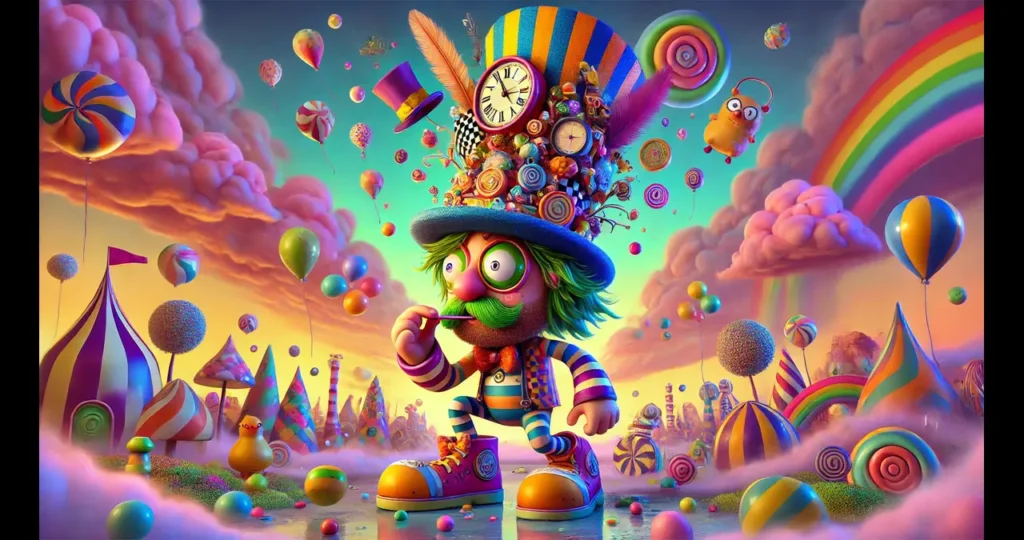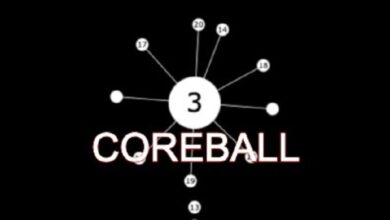The Fascinating World of Silly Wankok

Intrroduction to Silly Wankok
The phrase “Silly Wankok” might spark curiosity, laughter, or even confusion, but it holds a unique charm that deserves exploration. While it may seem like a quirky or nonsensical term at first glance, there’s more to unpack here than meets the eye. This article dives into the essence of “Silly Wankok,” exploring its cultural, creative, and humorous implications. Whether you’re hearing it for the first time or are already intrigued by its playful nature, this article will bring clarity and a touch of fun to the topic.
The Origins and Meaning of Silly Wankok
At its core, the term “Silly Wankok” has a whimsical and lighthearted appeal. It could be a nickname, a cultural phrase, or simply a creative expression meant to evoke humor and curiosity. Words and phrases like this often emerge from internet culture, where the line between absurdity and brilliance is wonderfully blurred.
Language is ever-evolving, and phrases like “Silly Wankok” thrive in a world that loves memes, jokes, and unexpected wordplay. These terms remind us not to take life too seriously. The humor embedded in such phrases often serves as a social glue, bringing people together through shared laughter or a collective “what does that even mean?” moment.

The Cultural Impact of Quirky Phrases
Quirky phrases like “Silly Wankok” have a surprisingly significant cultural impact. They often become catchphrases, slogans, or even memes that spread across social platforms, reaching millions in a matter of hours. This phenomenon highlights the power of humor and simplicity in communication.
In today’s world, where attention spans are shrinking, quirky terms grab attention quickly. They resonate with younger generations who value creativity and a sense of humor over rigid norms. Whether it’s used in a casual conversation, a meme, or a social media post, phrases like “Silly Wankok” reflect a culture that embraces the absurd and celebrates individuality.
Why We Love Playful Words
There’s something inherently joyful about playful words. They break monotony, spark imagination, and encourage creativity. “Silly Wankok” is a perfect example of how language can evolve to include terms that are fun, nonsensical, and memorable.
Playful phrases also carry an element of surprise. They challenge traditional language norms and encourage people to think outside the box. In doing so, they create a sense of connection and shared humor that transcends barriers like geography or cultural differences.
Creative Uses of Silly Wankok
One of the best things about a term like “Silly Wankok” is its versatility. It can be used in countless ways, each adding a touch of humor or intrigue to the situation.
For instance, it could be the title of a comedic story, the name of a fictional character, or even the centerpiece of a creative marketing campaign. The possibilities are endless when you have a term that invites curiosity and laughter.
This kind of linguistic flexibility shows how powerful simple yet evocative words can be. They ignite the imagination, making them perfect tools for storytelling, branding, and content creation.
The Psychology of Laughter and Words
Why do words like “Silly Wankok” make us smile or laugh? The answer lies in the psychology of humor. Playful or unexpected phrases often catch us off guard, creating a moment of cognitive surprise that leads to laughter.
Laughter itself is a universal human experience. It reduces stress, strengthens social bonds, and even improves physical health. Words that evoke laughter, like “Silly Wankok,” contribute to a lighter, more joyful atmosphere wherever they’re used.
How Humor Shapes Language Trends
Humor has always played a role in shaping language, but its influence has skyrocketed in the digital age. Platforms like TikTok, Twitter, and Instagram have turned everyday words and phrases into viral sensations. “Silly Wankok” fits perfectly into this trend, showcasing how humor and creativity can redefine how we communicate.
These trends also highlight the importance of relatability and authenticity. Quirky phrases often feel genuine, making them more likely to resonate with audiences. They remind us that language is not just about conveying information; it’s also about creating connections and shared experiences.
Silly Wankok: A Symbol of Fun and Creativity
At its heart, “Silly Wankok” is more than just a quirky phrase. It symbolizes the power of creativity and the importance of having fun with language. In a world that can often feel serious or overwhelming, terms like this offer a much-needed break from the norm.
Whether it’s used in a humorous story, a clever social media post, or simply as a joke among friends, “Silly Wankok” reminds us that words have the power to entertain and inspire.
Embracing the Absurd in Everyday Life
Life is full of unexpected moments, and phrases like “Silly Wankok” encourage us to embrace the absurd. They remind us that it’s okay to be playful, to laugh at the unexpected, and to find joy in the little things.
Incorporating humor into daily life doesn’t just make things more enjoyable; it also fosters creativity and strengthens relationships. Sharing a laugh over a phrase like “Silly Wankok” can turn an ordinary moment into something memorable.
Conclusion
The charm of “Silly Wankok” lies in its simplicity and humor. It’s a phrase that sparks curiosity, evokes laughter, and reminds us of the power of playful language. In a world that often feels too serious, embracing quirky phrases like this can bring a touch of joy and creativity to our lives.
So the next time you hear or use the term “Silly Wankok,” take a moment to appreciate its lighthearted appeal. It’s not just a phrase—it’s a reminder to laugh, connect, and enjoy the whimsical side of life.




